19+ Sample Shift Schedules
-
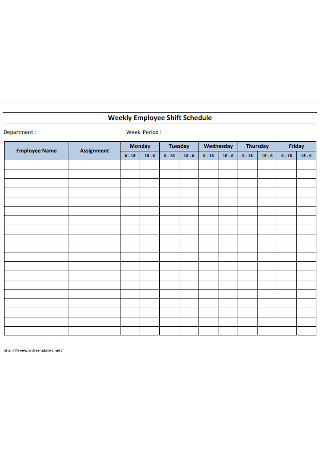
Weekly Employee Shift Schedule
download now -
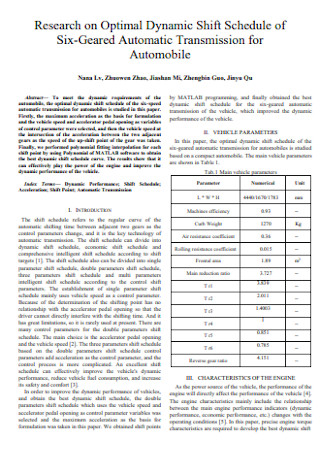
Research on Optimal Dynamic Shift Schedule
download now -
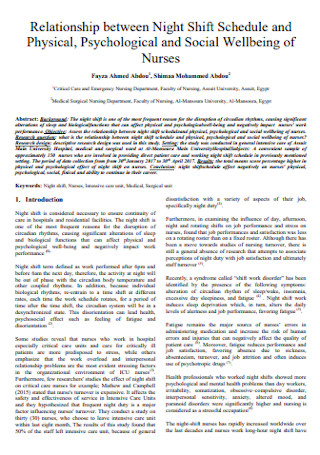
Night Shift Schedule
download now -
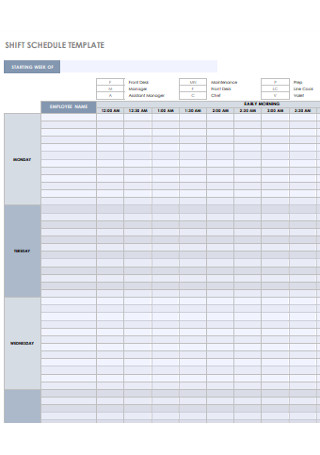
Sample Shift Schedule Template
download now -
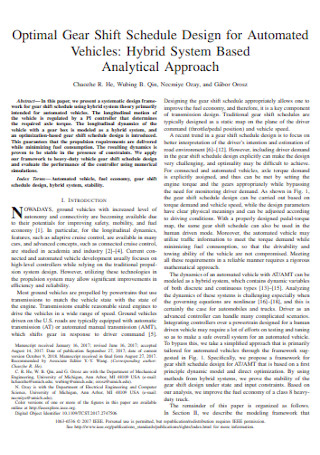
Optimal Gear Shift Schedule
download now -
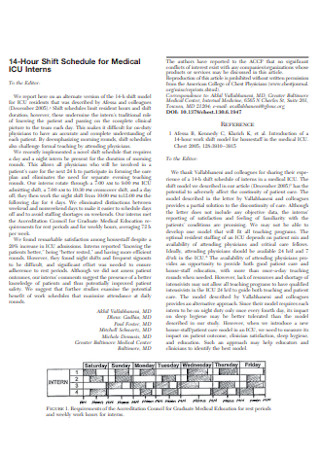
Shift Schedule for Medical Interns
download now -
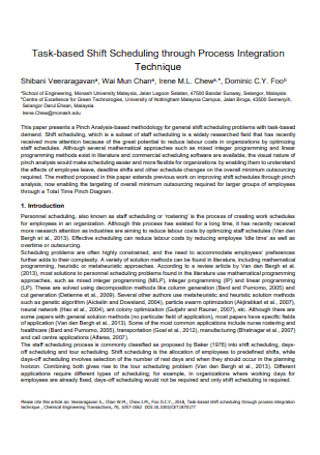
Task-based Shift Schedule
download now -

Simple Shift Schedule
download now -
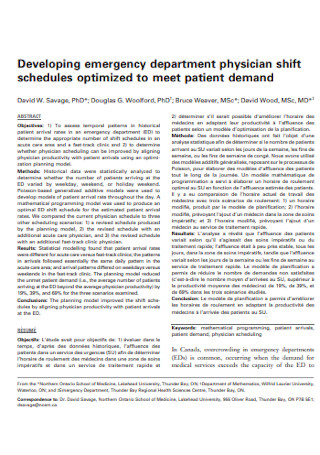
Emergency Physician Shift Schedule
download now -
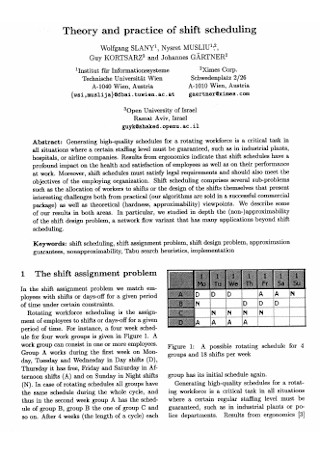
Theory and Practice of Shift Scheduling
download now -
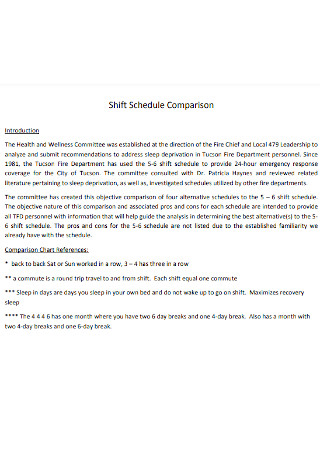
Shift Schedule Comparison
download now -
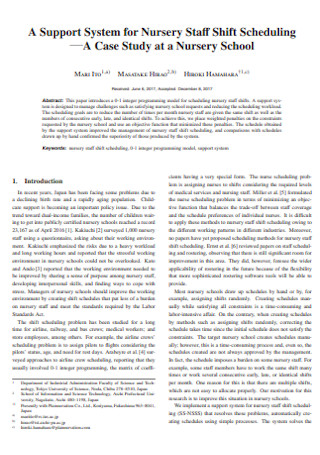
Nursery Staff Shift Schedule
download now -

Off-road Shift Schedule
download now -
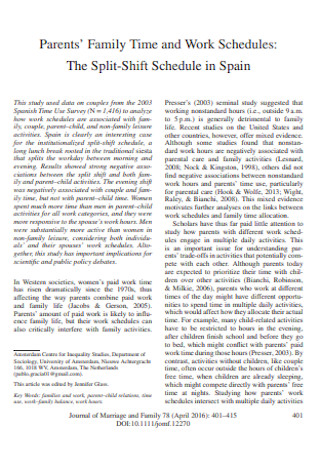
Family Time and Work Schedules
download now -
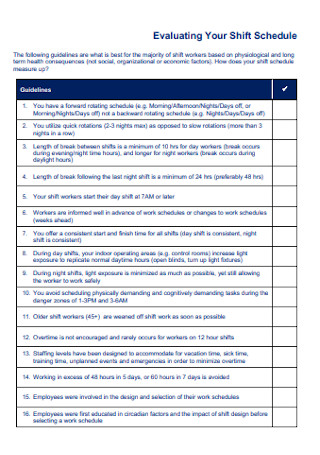
Evaluating Your Shift Schedule
download now -

Alertness Night Shift Schedule
download now -
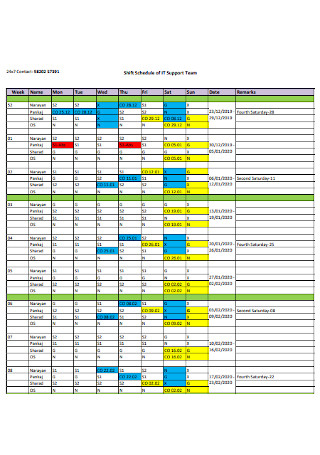
Shift Schedule of IT Support Team
download now -

Heuristic Approach for Balancing Shift Schedule
download now -
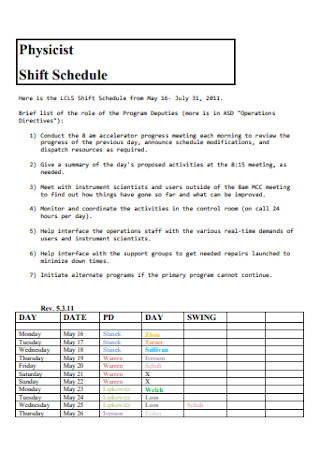
Physicist Shift Schedule
download now -
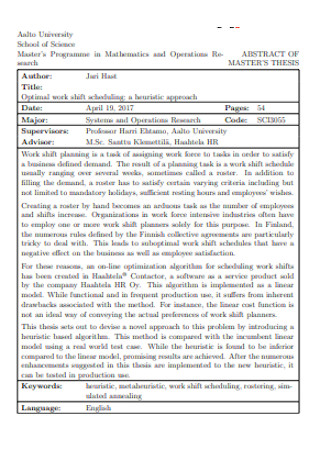
Optimal Work Shift Schedule
download now
FREE Shift Schedule s to Download
19+ Sample Shift Schedules
What Is a Shift Schedule?
Types of Shift Schedules
How to Create a Shift Schedule
FAQs
What is the importance of shift scheduling?
What are the benefits of shift schedules for employers and employees?
What are the tips for managing employee schedules?
It is advantageous if the employer allows the employee to choose their schedules for each day, according to when they feel the most productive. Not only does it enhance employee performance and productivity, but it also gives the employer quality products, services, and outputs. The schedules employees take for each day at a designated period are shift schedules, and it gives them a chance to work within that time frame to accomplish their tasks for the day. Learn about a shift schedule, its definition, types, and construction, along with additional information through frequently asked questions, and continue to read about it from the article below.
What Is a Shift Schedule?
Shift schedule, shifting schedule, or shift work schedule happens when a company divides a workday into various shifts and assigns employees to work for a set number of hours. Sometimes, the times vary from day to day or week to week, called rotating shift schedules. On the other hand, fixed shift schedules are when an employee works for a particular shift in the day. Shifting schedules are often run in organizations or businesses functioning 24 hours a day, seven days a week. Medicine is an example of a field of work where shifting schedules are prominent, allowing medical staff and hospital crew, including doctors, nurses, machine operators, aides, and many more, to work on a rotating schedule. Other fields that apply these schedules include law enforcement, security, transportation, retail, food service, and BPO companies. Shifting schedules enable employees to work around long hours of the day while getting enough time to rest.
According to a published report by Lonnie Golden in April 2015 entitled Irregular Work Scheduling and Its Consequences, 19 percent of employees working in rotating or shift schedules report they experience work-family conflict. A large number compared to the 11 percent of workers having a regular schedule at work. Based on the results, some disagreements arise despite having a shifting program at work.
Types of Shift Schedules
Shift schedules come in different types, depending on which one is more advantageous to the company and the employee’s productivity or performance. Several industries prefer various work schedules, or in some instances, combinations rather than sticking to a particular plan. Here are examples of the types of shift schedules organizations often use for their employees.
How to Create a Shift Schedule
Various factors influence the creation of a shift schedule, including production, activity, and employees. Each portion plays a vital role in identifying, proposing, and implementing the calendar plan and must be taken into account. It is also necessary that the managers or personnel creating the schedule are aware of the preferences and needs of employees. Here are the steps to take into consideration when creating shift schedules.
Step 1: Create a Standard for Work Outputs
It is necessary to calculate the standard number of hours according to the expected work products of the employees. Measure the hours based on the nature of the business and the work of each employee. Specify the job description of each role in line with the company or team with the individual.
Step 2: Analyze and Forecast Activity Levels
Analyze the current level of activity to allocate a particular number of employees for the shift period. A critical mistake in this step is that solely following a person’s intuition in creating the calendar or schedule often results in overstaffing or understaffing. Decisions based on analyzing labor and sales reports produce a more accurate way of determining the employee calendar. It also helps to create shifts through employee scheduling software. Remember to refer to previous data to forecast future trends relating to employee performance and activity. Identify particular times activity peaks or slows down in a workday, a day in a week, a week in a month, and a month in a year. Knowing this vital information helps plan with days or weeks that follow a definite trend of activity. It allows the person creating the schedule to work around these circumstances.
Step 3: Identify Number of Employees According to Needs and Preferences
Calculate the number of required employees per shift based on the number of customers or target audience by the production standards set at the beginning of creating the schedule. The manager or person handling the calendar must also consider employee’s needs, including their desire for flexibility and their preferred slot or rotation. It is also necessary to account for possible absenteeism and consult with necessary experts or lawful authorities about legal considerations and other issues relating to labor laws.
Step 4: Choose a Scheduling Method With Top Management Approval
After taking all the factors above into consideration, identify which scheduling method is the most practical for the organization or business. Keep in mind that each system brings various advantages in the creation of the schedule. In creating these files, an individual can opt to use a shift schedule template in the form of a word document, PDF file, or excel worksheet. After selecting the method and ensuring a clear and detailed schedule for employees, it is mandatory to get approval from the management. Evaluate the plan based on the labor costs, employee and business needs, or any other factors deemed necessary. After the evaluation, make the appropriate adjustments as needed.
Step 5: Share the Schedule to Employees
The distribution of the schedules to employees is mandatory for them to remain accountable and responsible for the proposed activities and outputs by the organization. It is advisable to relay the shift calendar through the company email, a notice board or discuss it through announcements or meetings. The employees must also be aware of any changes or updates about the schedule.
Step 6: Regularly Review the Schedule
It is a must to maintain, track, update and change the schedule regularly after its implementation. In this sense, the management can make necessary corrections and updates to ensure proper optimization. A periodic review of the calendar and the process helps discover distinct difficulties and satisfactory solutions to improve employees’ performance and productivity.
FAQs
What is the importance of shift scheduling?
Setting up a shift schedule for the company caters to different needs and preferences of employees, all the while adhering to a roadmap for company growth. When individuals work in shifts, it allows them to select a slot that suits them best, making them more productive. By setting a schedule, employees have better control over their activities and tasks for the day, giving them the capacity to manage an efficient work-life balance. Giving employees the freedom to select their shift schedules makes them more aware of their time and become more productive. Through scheduling, a company builds economic growth, team quality, skill-building, and motivation of each individual. Effective shift management gives managers time for collaborative work with employees, aligns a specific set of objectives, and helps build personal and professional skills.
What are the benefits of shift schedules for employers and employees?
Selecting the appropriate scheduling method and balancing the amount of time and employees per shift helps overcome common scheduling issues. The employer and the organization benefits through reduced labor costs, improved customer service, and experience. It also lessens the time creating employee schedules, employees develop accountability, as staff recognizes their roles, and increases employee engagement, becoming more receptive through an organized program. Employees benefit from shifting schedules through improved morale, as they understand their working hours and responsibilities better with time-offs under consideration. It also supports workers’ desire for refined productivity.
What are the tips for managing employee schedules?
Active scheduling practices are advantageous to employees and employers to meet both parties’ needs, including the customer’s. Always make accurate projections based on the amount and type of work while keeping in mind what and when it needs to get done. Also, ensure that there is a proper balance in staffing, with mixing new or inexperienced employees with enough supervisors or seasoned employees to ensure that business runs smoothly.
Always be prepared for special occasions or events as they can also lead to an increase in business. It helps to be familiar with the location and area of the company as it also affects market demands. Keep a keen eye on employees that do overtime work. Particular laws cover employees engaging in long hours of work, and employers pay for work done past the 40 hours in a workweek. Extensive and irrelevant overtime work is costly and leads to lower employee productivity and morale. It is also necessary to provide sufficient time for employees to enjoy time off between shifts. It is advantageous to identify restrictions on restricted hours per week along with the period between work shifts under federal, state, and local laws.
Post all schedules in advance to give employees sufficient time to plan appointments and other commitments around their work schedules. Relaying changes, adjustments, and availability of shifts to employees is also necessary. Track all vacation, sick, and other paid leaves to avoid putting employees on their time off and can lead to overtime work for employees. It is necessary to plan and trace requests to avoid intersecting schedules and be aware of when these requests increase. Another tip for creating calendars is to promote employee involvement and consider their availability, preferred shifts, up to the desired number of hours per day within a week. It also helps to offer employees flexibility in working hours to ensure there is a balance between work and personal responsibilities. Also, consider shift swapping and cross-training of employees as it will help when there are staff shortages and scheduling problems.
Shift schedules are handy when it comes to managing employees’ time with a common goal in mind. Allowing individuals to create their calendars enables them to suggest shifts they feel most productive and comfortable with, equating to quality outputs and performances. However, keep in mind that there is a middle ground in giving workers power in creating their schedules. Always try to remind employees that there is a set goal for the management and workers alike.
Shifting schedules help employees’ efficient time management skills and communication skills. They also gain a sense of responsibility and morale when selecting their schedules. As an employer, it is necessary to assure the employees that while they can select their own schedules, they must still adhere to the standards and quotas the company assigns them. In the words of Henry Ford, “If everyone is moving forward together, then success takes care of itself.” Compromises with the team lead to successes. Shift schedule samples above are available for use and download. Collaborate with the team to reap better quality results.
